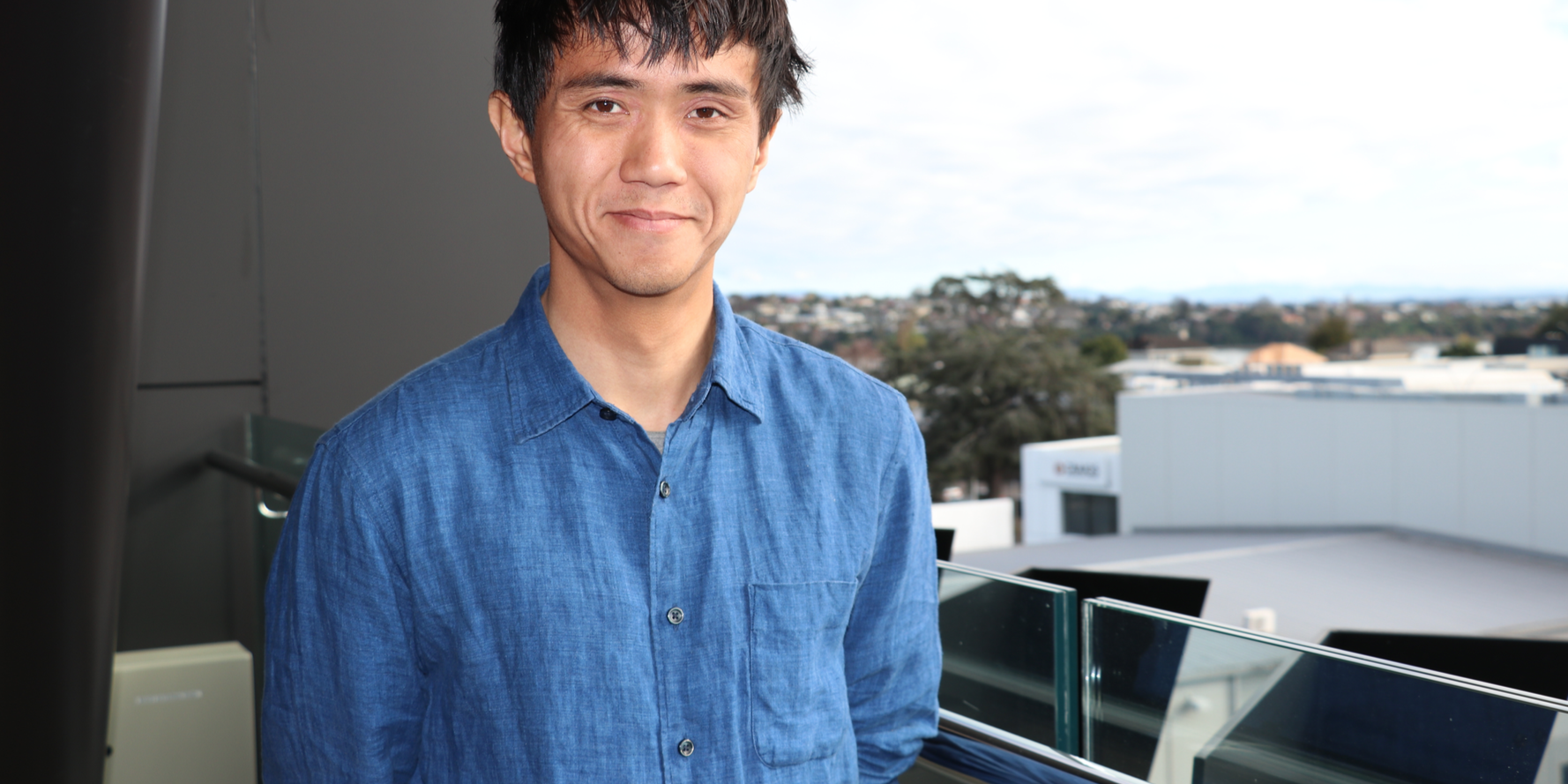Biogeochemist Dr Terry Isson has clarified the link between silica-rich marine ecosystems and atmospheric carbon dioxide levels, with big implications for climate change.
Dr Isson’s work reveals the death of creatures such as single-cell plankton, that have skeletons made of silica, influence levels of dissolved silica in seawater and its subsequent deposit in marine clays, a process which releases carbon dioxide. This link between the silica and carbon cycles means the health of siliceous ecosystems is an important regulator of both the pH of our oceans and the temperature of our atmosphere. Dr Isson is now exploring the potential of his research to inform carbon capture initiatives and help NZ meet its goal of being carbon neutral by 2050.
Dr Terry Isson
Clay and climate
Hamilton City Council Emerging Scientist Award
Biogeochemist Dr Terry Isson has clarified the link between silica-rich marine ecosystems and atmospheric carbon dioxide levels, with big implications for climate change.
Dr Isson’s work reveals the death of creatures such as single-cell plankton, that have skeletons made of silica, influence levels of dissolved silica in seawater and its subsequent deposit in marine clays, a process which releases carbon dioxide. This link between the silica and carbon cycles means the health of siliceous ecosystems is an important regulator of both the pH of our oceans and the temperature of our atmosphere. Dr Isson is now exploring the potential of his research to inform carbon capture initiatives and help NZ meet its goal of being carbon neutral by 2050.





